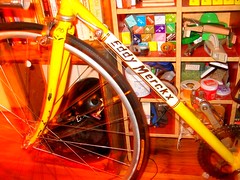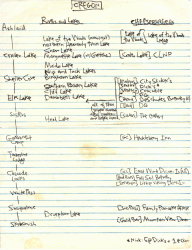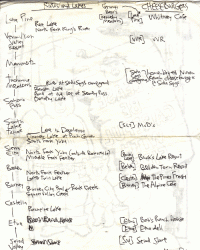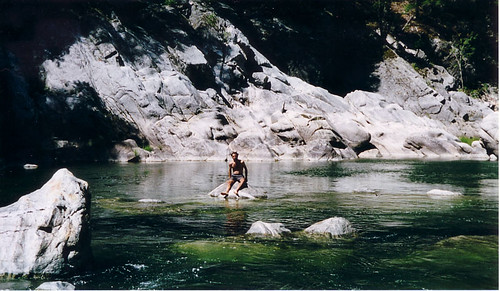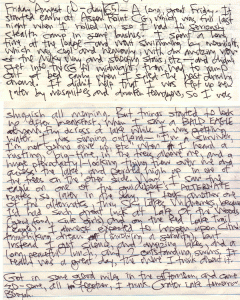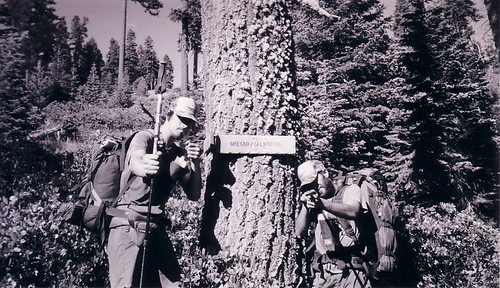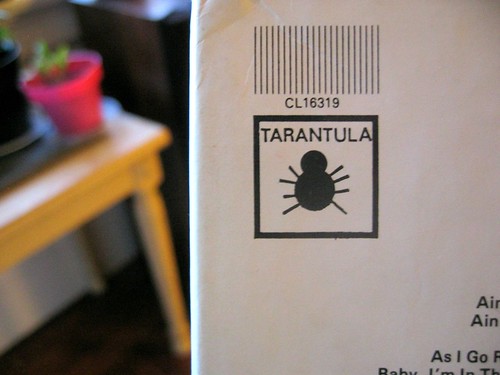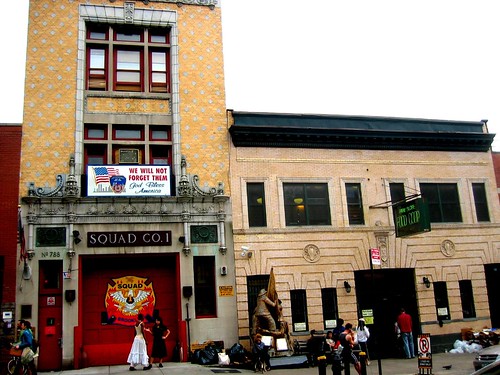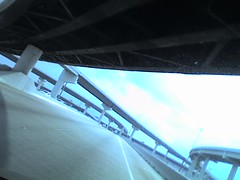NPR recently did a great story about John Sawatsky, a former journalist who now teaches interviewing techniques to editorial staff at ESPN. Highlights include Sawatsky's obvious dislike for "hard-hitting" interviewers like Larry King, Barbara Walters and Mike Wallace: "Mike Wallace enjoys … having the question being more important than the answer." Other resources with other targets: Poynter article in which his method is applied White House correspondents, AJR article skewering Sam Donaldson.
The NPR site has loads of interesting additional resources related to the interview, and in a section called "What Makes A Good Interview," you'll find Sawatsky's nomination for the greatest interview of all time. The link is called "CBC Interview With Trucker About Beaver Attack." A sample:
"So … how did you get this beaver off of you, eventually?"
"Well, I happen to have propane in my truck, so I have a seven-eighths open box-end wrench, and while he [the beaver] was hangin and chewin back there …"
This piece got me thinking because interviewing and storytelling are important parts of our design process at Cooper. Early in projects, we interview a lot of people, including current and potential users of the product we're designing, experts in the field we're working in, and anyone who may be able to help us understand the background and context of the design. The goal is to build an understanding of the design problem from a human perspective, and to do this we need to get our subjects to open up, to reveal motivations and needs, the deep, personal stuff that underlies the things we do everyday.
Sawatsky's method is pretty much exactly what we try to use: simple, short, open-ended questions, giving space and time to the interviewee to breathe, think and respond. Poynter has some exercizes to get you thinking about how to conduct more effective interviews. Thx to JK for getting me started on this.
